Are you a seafood lover?
Seafood can be a healthy addition to your diet and a great source of Omega 3s but did you know some seafood can expose us to contaminants like mercury and PCBs?
In fact our biggest source of exposure to mercury and methylmercury is food, particularly seafood, due to widespread environmental contamination from coal powered plants and incinerators. As clean air and water regulations are dismantled, this will get worse so it’s up to all of us to learn what we can do to reduce exposures.
Many of the certifications today are around sustainability, which is great, but there’s another important piece of the puzzle missing from a health perspective – the amount of contaminants like methylmercury and PCBs.
Methylmercury exposure can result in a long list of health issues including:
- autoimmune disorders
- insomnia
- memory loss
- damage to immune system
- cognitive dysfunction
- tingling in the extremities
- seizures
- depression
- anxiety
- delayed development
Seafood to Avoid:
Large species: King Mackerel, Shark, Swordfish, Tilefish, Atlantic bluefin and Bigeye Tuna
Why? Seafood that’s higher up in the food chain bioaccumulates toxins more easily. In general, larger, older species have much higher levels of methylmercury than smaller species.
Farmed Salmon and Tilapia: Unfortunately most of the salmon you see in stores or restaurants is farmed Atlantic salmon and it can have very high levels of PCBs and dioxins due to bioaccumulation of these toxins in the environment. Even imported salmon from Scotland or Norway is farmed so best to avoid this as well. Most Tilapia is also farmed, containing high levels of pesticides and antibiotics.
Imported Shrimp: Most shrimp is imported from SE Asia where regulations are very lax. Shrimp is notorious for being raised in filthy water and is also dosed with antibiotics, pesticides, hormones and other chemicals banned in other countries. That’s not a shrimp “cocktail” any of us would enjoy.
Seafood to Limit consumption of:
This is seafood that’s safe to consume 1-3 times per year (or never if you have known heavy metal issues, are trying to conceive, are pregnant, or are nursing):
What? Yellowfin and albacore – chunk lite and white tunas most often found in canned tuna.
Better options:
Skipjack canned tuna by SafeCatch, which tests all fish for methylmercury
SMASH Fish: These have the highest nutritional value and lowest contaminants because they are lower on the food chain and live shorter lives:
- Salmon (Wild caught pacific salmon)
- Mackerel
- Anchovies
- Sardines
- Herring
Domestic (US) Shrimp: Look for shrimp farmed or caught domestically (US). Shrimp from the PNW or British Columbia are much better options. Farmed domestic shrimp using closed water systems are also good options as they are land-based farms with clean water and no pesticides and antibiotics.
Farmed Shellfish: Clams, oysters and mussels are all filter feeders and can accumulate toxins from the surrounding waters. If you’re a big shellfish fan, check with the shellfish farm to see what they test for and as long as the water is relatively free from contaminants, this is generally safe to eat.
Did you know this about seafood?
If you’d like help reducing exposures to food-based toxins and other chronic daily exposure sources in your home, learn more at www.lowertoxliving.com/workwithme – I’d love to work with you!
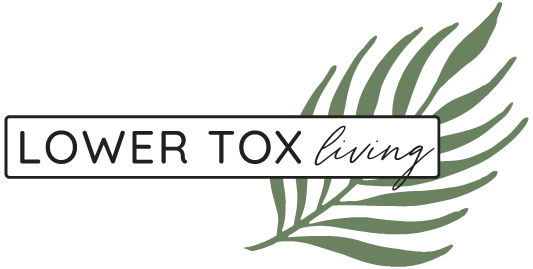


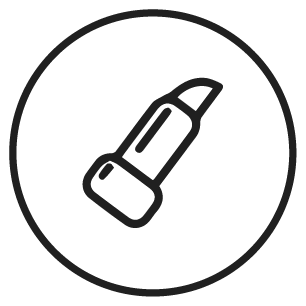
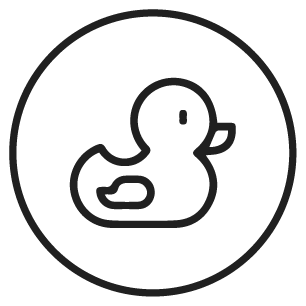
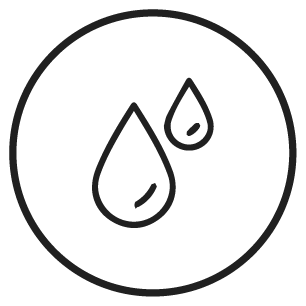
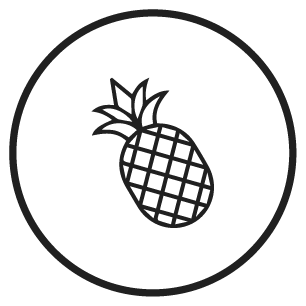

0 Comments